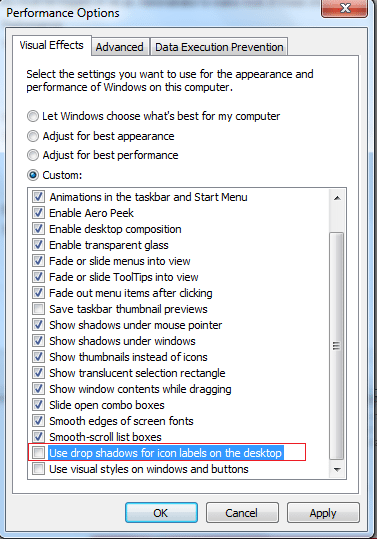
In order to manage visual effects to speed up Windows 10 use the following steps: Go to the General tab and uncheck the Include shadow when capturing window option.How to disable visual effects on Windows 10 It too lets you remove the shadow from the screenshot only. If you want to use an app for removing these shadows, use TinkerTool utility (read full review here). To restore shadows to your screenshots, run the following commands in Terminal defaults write disable-shadow -bool false You can opt for this method only if you use Preview. It does not apply to any other apps you use for taking screenshots. via Preview, it will be free of the shadow effect. The shadows will continue to appear around windows and you won’t see any visible changes, but if you capture a screenshot using the default method i.e. If you want to go with the Ninja way, open Terminal and run the following two commands defaults write disable-shadow -bool true There are two ways of accomplishing this using a Terminal command a.k.a the ninja way of doing impressive stuff on your Mac or, using an OS X tweaking app that lets you manage your screenshot preferences. Shadows are restored each time you shut down and reboot your system. The app lets you remove/restore the shadows by simply running it. If the shadow effect around windows bothers you, you can remove it easily using a simple free app called ShadowKiller (read full review here).

In this post, we will guide you through the process of disabling shadow effect from both app windows and screenshots.
Although the shadows contribute to both functionality and visual appeal, they become somewhat useless and even ugly when they show up in a screenshot. In addition to the visual appeal, these shadows also help distinguish one app window’s edge from that of another. While Windows 7 also supports shadows, the effect is nothing like what you see in Mac. Application windows in Mac appear to float on your desktop and this effect is created using drop shadows around the edges of the window.


 0 kommentar(er)
0 kommentar(er)
